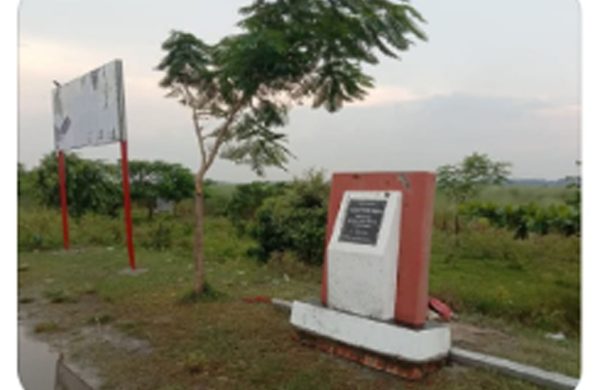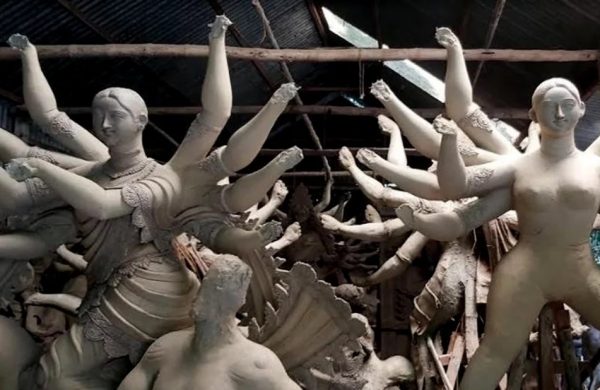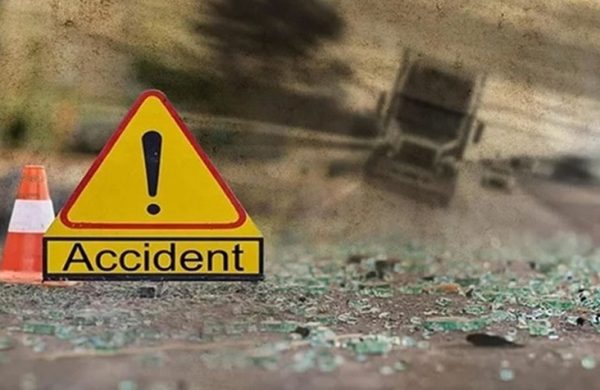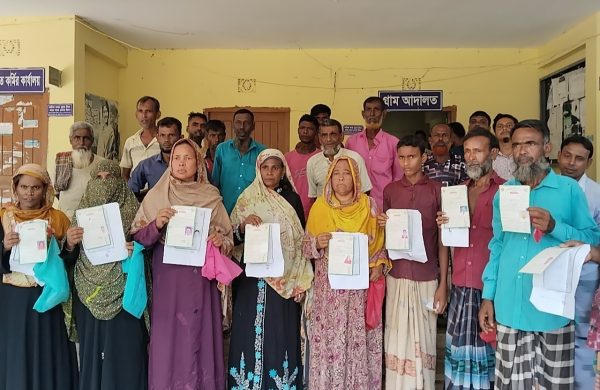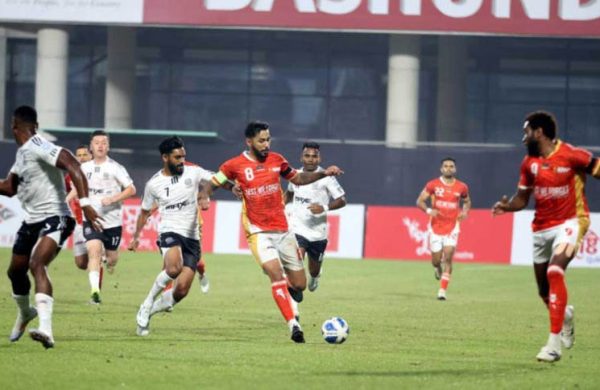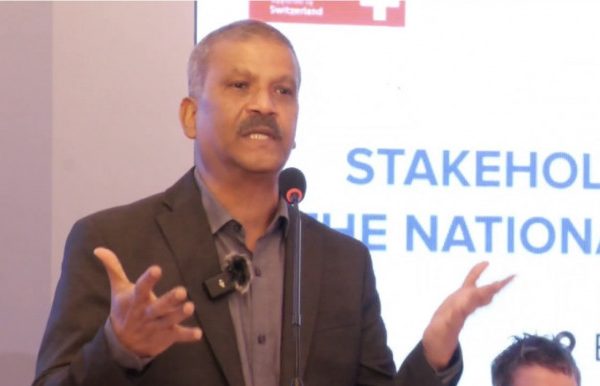One year after Narsingdi jailbreak, 177 inmates still at large
- Update Time : Saturday, July 19, 2025
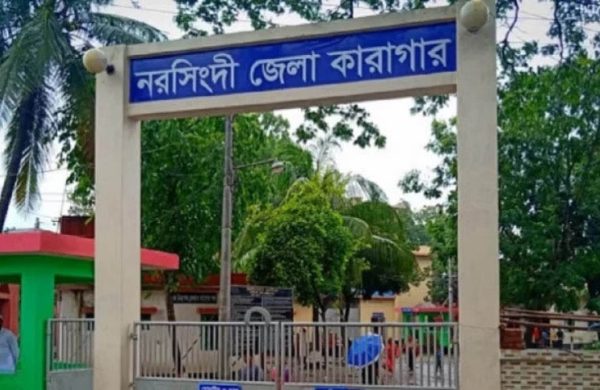
Narsingdi Correspondent:
A year after the attack on Narsingdi District Jail, authorities have yet to recapture 177 of the 826 inmates who escaped during the incident on 19 July 2024.
Among the fugitives are nine convicted militants.
In addition, 28 looted firearms and over 5,000 rounds of ammunition remain unaccounted for.
Locals have expressed concern that these weapons may now be in the hands of criminals and could be used in ongoing criminal activities across the region.
On July 19, around 4:30 pm, an organised group stormed the prison by hurling bricks and petrol bombs, eventually breaching the main gate.
They ransacked the prison’s armoury, looting 85 firearms and over 8,000 rounds of ammunition. The attackers also set fire to multiple buildings inside the prison complex, including administrative offices, barracks, the condemned cell, officers’ quarters, and garage, destroying at least 29,000 legal documents.
Following appeals from the district administration, 649 inmates voluntarily surrendered through legal channels, including courts and local police stations.
Another 57 weapons and approximately 3,000 rounds of ammunition were recovered through joint operations by law enforcement.
Still, 177 escapees remain at large, along with 28 weapons and thousands of rounds of ammunition and explosives.
The then jailer, Kamrul Islam, filed two cases immediately after the incident.
However afterwards, the Ministry of Home Affairs’ Security Services Division suspended Kamrul and the Jail Superintendent Abul Kalam Azad.
Three investigation committees were formed by the Inspector General of Prisons, the Security Services Division, and the district administration.
However, the findings of these investigations have not been made public.
On the day of the attack, the violence spilled beyond the prison.
Simultaneous arson attacks targeted the Itakhola Highway Police Outpost, Meherpara Union Parishad Office, Narsingdi District Council building, and the Madhabdi Municipality office.
During the four days following the attack, several high-profile figures visited the site, including the erstwhile Inspector General of Prisons Brig Gen Anisul Haque, Inspector General of Police Chowdhury Abdullah Al Mamun, RAB Director General Harun-or-Rashid, Army Chief Gen Waker-Uz-Zaman, former Home Minister Asaduzzaman Khan Kamal, and the former MP of the region Lt Col (retd) Md Nazrul Islam.
Security at the prison was subsequently bolstered. However, challenges remain.
Narsingdi District Jail Superintendent Md Shamim Iqbal said that while the damaged buildings have been made temporarily useable, the prison, originally built to house 344 inmates, is currently holding 839, resulting in severe overcrowding.
More than 200 inmates have since been transferred to Kashimpur Central Jail.
He added that the destruction of 29,000 case files has led to a chaos in legal proceedings.
“We’re struggling to determine the charges and sentence duration for many inmates due to the loss of records. Identifying who is convicted of what crime has become difficult,” he said.
He also noted that the prison infrastructure remains fragile, with low walls and poor drainage. As a result the facility becomes flooded during heavy rainfall. Narsingdi Superintendent of Police Md Abdul Hannan said the loss of official documents has delayed the identification and arrest of fugitives.
“We are continuing special operations to recapture the remaining fugitives and recover all missing arms and ammunition,” he said.
Assistant Public Prosecutor of Narsingdi Court Md Lokman Hossain voiced grave concern and said that “these weapons in the hands of criminals pose a threat to national security. They can be used in hijackings, extortion, and killings. Immediate recovery is essential.”
“Officials and locals are still haunted by the incident, wary of what may come if justice remains elusive,” he added.


